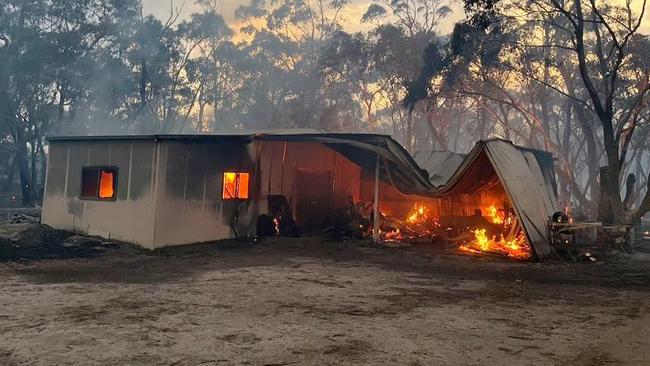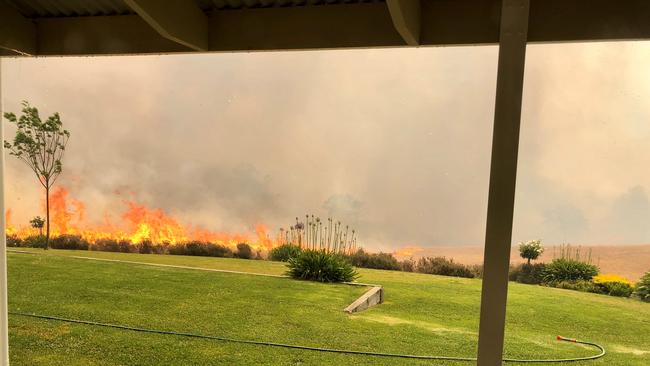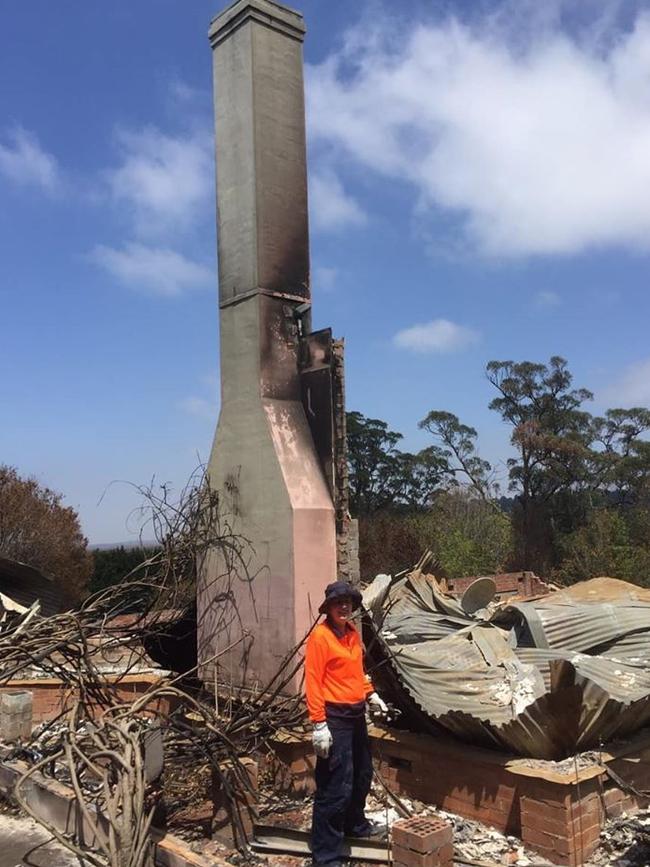
But the evidence from our own recent bushfire history may surprise you.
There is no evidence that bushfire districts get downgraded long term due to fire activity. Yes, prices fall initially, but new research from the University of New South Wales shows that Australian home prices bounce back within a year or so.
Moreover, Ray White chief economist Nerida Conisbee says: “There is very little difference either in the longer-term effect of fire or flood; in both cases it seems people believe the lifestyle benefits outweigh the risks.”

A first-time study of the effect fires had on house prices during the so-called “black summer” fires of 2019-20 when 10 million hectares were burnt and more than 2000 homes destroyed, found prices bounced back in line with the market within 12 to 24 months,
It found that the recovery was faster in more affluent areas and that older residents were more often willing to remain in bushfire prone areas (BPAs).
“There was no significant long-term price differential between BPAs and adjacent regions, which suggests limited incorporation of fire risk into buyers’ market valuations,” the report says.
The study suggests that the passage of time softens any initial effect fires have on a neighbourhood’s value. “The desirability factor may overshadow any risk-based reservations a buyer may have, particularly when some time has passed since the last fire,” it says.

However, Conisbee says that the impact of fires on property values in any neighbourhood was more nuanced and the distinct characteristics of any property was highly relevant in terms of how long it might take for prices to recover.
“There are always local factors. Mallacoota, which had been badly hit by fires later saw a 70 per cent price rise as people during Covid went for a sea-change,” she says.
“Meanwhile, prices fell further in Hawkesbury than the Blue Mountains, but most markets had recovered in two years.”
The changing role of insurance was also a factor. “Fire insurance is now front and centre, and we know in the Los Angeles fires that around 10 per cent of homes were not insured,” she says. “We also know that in Australia there are areas where people decide to self insure because they find the cost of getting insurance much too expensive.”
Conisbee says homeowners who invest in fire-resistant building materials and technologies will be rewarded in a time of increased natural disasters.
But Nicki Hutley, an independent economist with the Climate Council, says we can’t expect the insurance industry to fix what is a climate crisis problem. “They are there to price risk. We need to review property in fire-prone districts: We need better adaptability in building standards,” Hutley says.
She is also sceptical that fires do not affect long-term property prices as the escalation of insurance costs will ultimately be included in capital values.
“Something we know little about yet is the effect of repeated fires or repeated flooding in a single district,” Hutley says.





Do fires destroy home prices as well as homes? The catastrophic fires in Los Angeles have immediately revived homeowners’ fears across Australia.